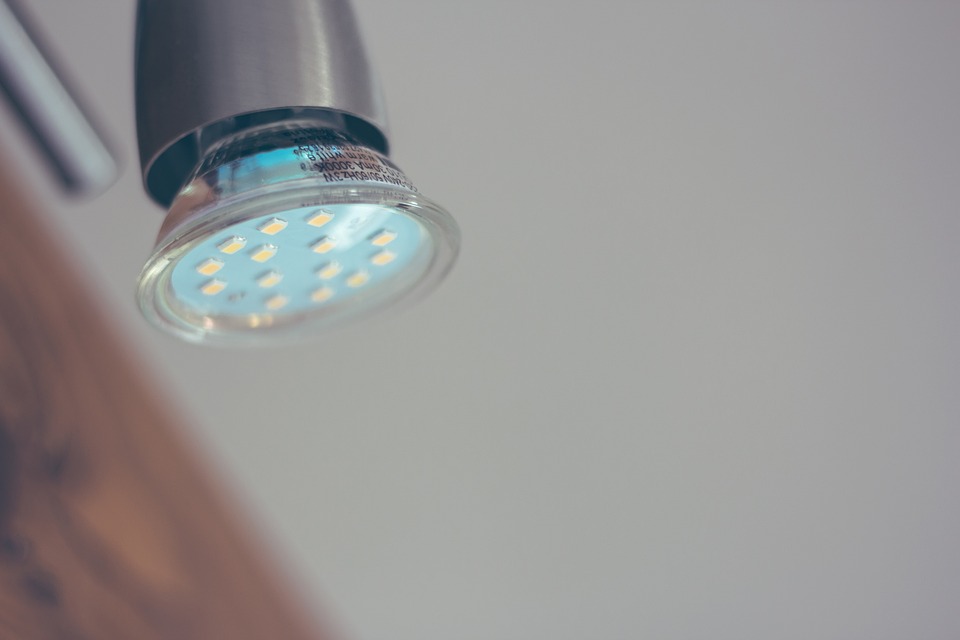- 1 electronica 2024: Innovative Optical Semiconductor Solutions for Automotive Lighting/Display, Infrared Sensing, and Sterilization and Purification
- 2 【Exclusive Interview】ams OSRAM Showcases Product Portfolio for Automotive Lighting / Display, In-Cabin Sensing Systems, and UV-C Treatment Applications
- 3 Team creates world's first tunable-wavelength blue semiconductor laser
- 4 Rokid Glasses: Where AI Meets AR, Rivaling Meta's Ray-Ban in an Exclusive Unveiling at Rokid Jungle 2024
- 5 DH Lighting Enhancing Driver Experience with Innovative Lighting Solutions
- 6 XDC and Lumileds Achieve a Breakthrough with MicroIC Driven MicroLED Display
- 7 CPL Enhanced Technology chooses Brompton Tessera SX40 to power ‘Red Haute Glammies’ video walls
Login |
Register |
Management | Member Center | Contact Us





 CN
TW
EN
CN
TW
EN






